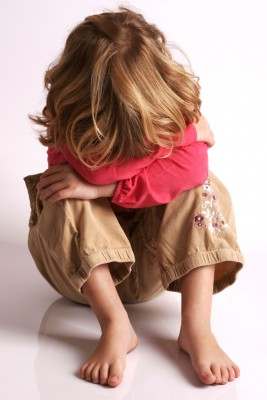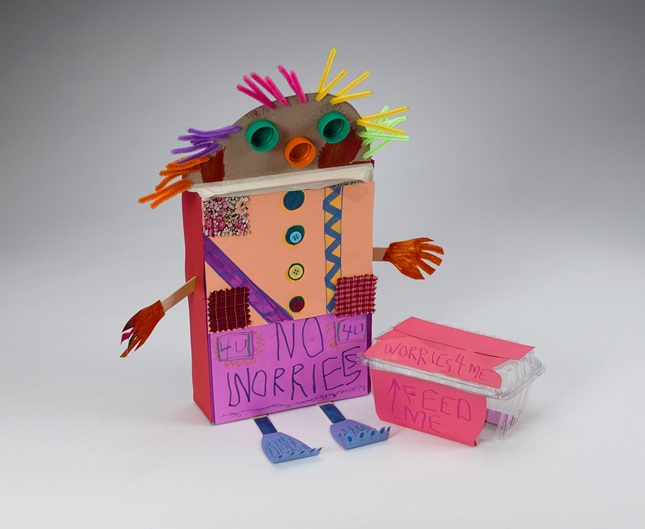THE ANGER SANDWICH
The anger standwich teaches different coping skills that the child can use when they are angry to help them calm down. Assist the child in coming up with their own unique coping skills to add to their own personal sandwich.
OVERFLOWING EMOTIONS
The overflowing cup is a great visualization to help show the child that their anger can be a result of multiple situations in their day. It also shows them that they should implement a coping skill before their anger "overflows".
Example: Beginning with an empty glass.
Angry Situation 1:You wake up and your litter sister drank the last of the milk, so you don't get cereal for breakfast. You get a little angry. (Then pour a small amount of water in the glass).
Angry Situation 2: You get on the bus, and the driver thinks you were yelling when you weren't. You get a little angrier. (Pour a small amount of water in the glass).
Angry Situation 3: You get to class and you realize that your Math homework is in your notebook at home. You get angrier. (Pour in more water).
Angry Situation 4: None of your friends want to play with you at recess. You get really angry. (Pour in a lot of water)
*At this point I show the child that their anger is almost to the top and ready to spill over if something else angers them. This is when they should begin make sure to use coping skills to help calm down.
THE ANGER GAME
The Anger Solution Game helps children learn to control their behavior responses to anger. As players make their way around the board, they are faced with a series of decisions and learn to choose the success route over the victim cycle. The anger solution game is a unique therapeutic tool. The game includes a game board, 100 tokens, 1 solution spinner, 1 6-sided die, 24 empowerment cards, 58 question cards, and 40 solution cards. This game is available HERE for $54.99.








.jpg)







